
No matter when the brain is injured – early in life, in middle age, or later – it shows a remarkable ability to reorganize to help the body recover normal motor functions. Using high-powered functional magnetic resonance imaging, Dr. Daniel Hier, head of neurology and rehabilitation at the University of Illinois at Chicago College of Medicine, mapped the changes in the brain’s neurocircuitry in patients who had recovered movement after suffering damage due to cerebral palsy, multiple sclerosis or stroke.
Hier expected to find more extensive reorganization in the brains of patients with cerebral palsy, which commonly strikes before age 3, reasoning that the neural networks would have had ample time to reconfigure to adapt to the disease.
“In fact, patients with all three illnesses showed extensive changes in how they processed a simple motor movement,” said Hier.
Hier and Jun Wang, a graduate student in bioengineering, observed the brain activity in 27 patients who had lost, but regained, the use of their hands. Pictures were taken with a 3.0 Tesla functional magnetic resonance scanner as the subjects opened and closed their hands every three seconds.
Brain scans of healthy individuals showed that most neurological activity controlling hand motion – about 80 percent – occurred in the primary motor cortex, a strip of convoluted tissue at the crown of the head.
In patients with neurological damage, however, nerve firing in the primary motor cortex was reduced on average to about 60 percent, Hier said. Other areas of the brain took over the processing of the hand motion, including neurological networks adjacent to the motor cortex and in the nearby “helper” motor cortex, which usually handles more complicated tasks, such as swallowing.
In contrast with normal subjects, increased neurological activity was seen in the primary motor cortex located in the hemisphere on the same side of the body as the hand, instead of the hemisphere opposite.
In some patients, the cerebellum, the so-called “little brain,” also assumed control of hand motion – nearly total control in one individual, Hier said. Two peach-sized folds of tissue at the base of the brain, the cerebellum is typically involved in coordinating movement, receiving instructions from the motor cortex and feedback from the limbs.
Six patients participating in the study had cerebral palsy, a dysfunction in the part of the brain that controls body movement and posture, caused by abnormal growth in brain cells or damage due to infection or insufficient blood and oxygen supply.
Eleven patients had multiple sclerosis, a deterioration in muscle control and strength, vision, balance and sensation, caused by inflammation in the brain and spinal cord and destruction of the sheath that surrounds and protects nerve fibers. The disease typically strikes between the ages of 20 and 40.
Eight patients between the ages of 50 and 80 had suffered strokes due to blocked blood vessels in the brain.
Preliminary data revealed no particular pattern determining the reassignment of neurological networks when the primary motor cortex was damaged. Nevertheless, the research clearly has implications for rehabilitation strategies.
“In future studies, we’ll analyze whether rehabilitation can influence the pattern of motor reorganization after brain damage and whether certain patterns of reorganization produce better patient outcomes,” Hier said.








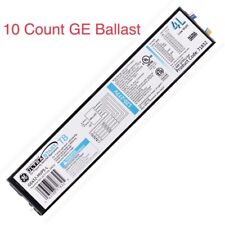

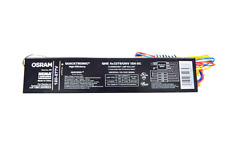
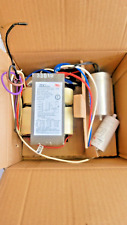

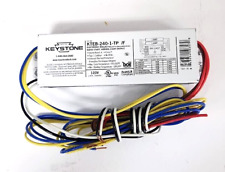
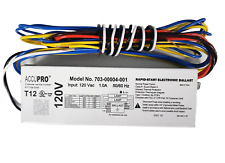

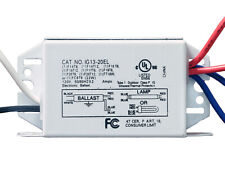
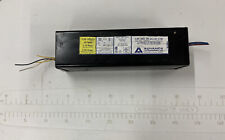
Comments are closed.